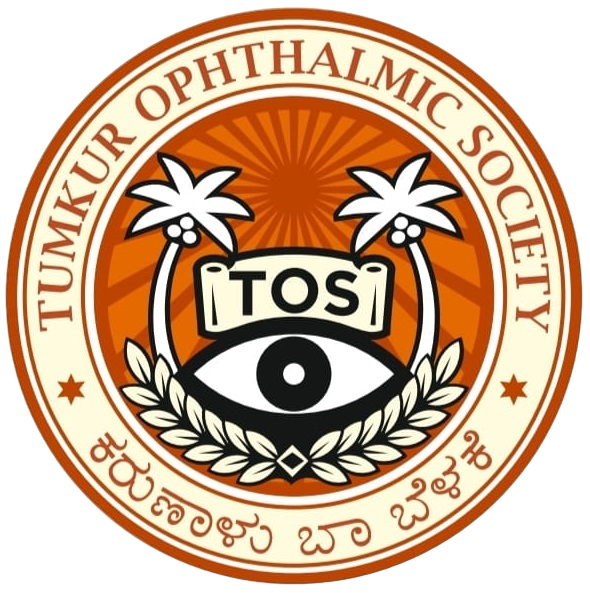Ocular Hypertension
Ocular Hypertension
Ocular hypertension means the pressure in the eyes —the intraocular pressure also known as (IOP) — is higher than normal. Left untreated, high eye pressure can cause glaucoma and permanent vision loss in some individuals.
However, some people can have ocular hypertension without developing any damage to their eyes or vision, as determined by a comprehensive eye exam and visual field testing.
Researchers have estimated that ocular hypertension is 10 to 15 times more likely to occur than primary open-angle glaucoma, the most common type of glaucoma.
Causes of Ocular Hypertension
Excessive aqueous production. The aqueous (or aqueous humor) is a clear fluid that is produced in the eye by the ciliary body a structure located behind the iris. The aqueous flows through the pupil and fills the anterior chamber of the eye, which is the space between the iris and the cornea.The aqueous drains from the eye through a structure called the trabecular meshwork, in the periphery of the anterior chamber, where the cornea and iris meet. If the ciliary body produces too much aqueous, the pressure in the eye increases, causing ocular hypertension.
Inadequate aqueous drainage. If the aqueous drains too slowly from the eye, disrupting the normal balance of production and drainage of the eye’s clear fluid, this will cause high eye pressure.
Certain medications can have the side effect of causing ocular hypertension in certain individuals. Steroid medicines used to treat asthma and other conditions have been shown to increase the risk for ocular hypertension.Even steroid eye drops used after LASIK and other refractive surgery can cause high eye pressure in susceptible individuals. If you have been prescribed steroid medications for any reason, consult with your eye doctor to see how frequently you should have your IOP checked.
Eye trauma : An injury to the eye can affect the balance of aqueous production and drainage from the eye, possibly leading to ocular hypertension.
Other eye conditions. Ocular hypertension has been associated with a number of other eye conditions, including pseudoexfoliation syndrome, pigment dispersion syndrome and corneal arcus
